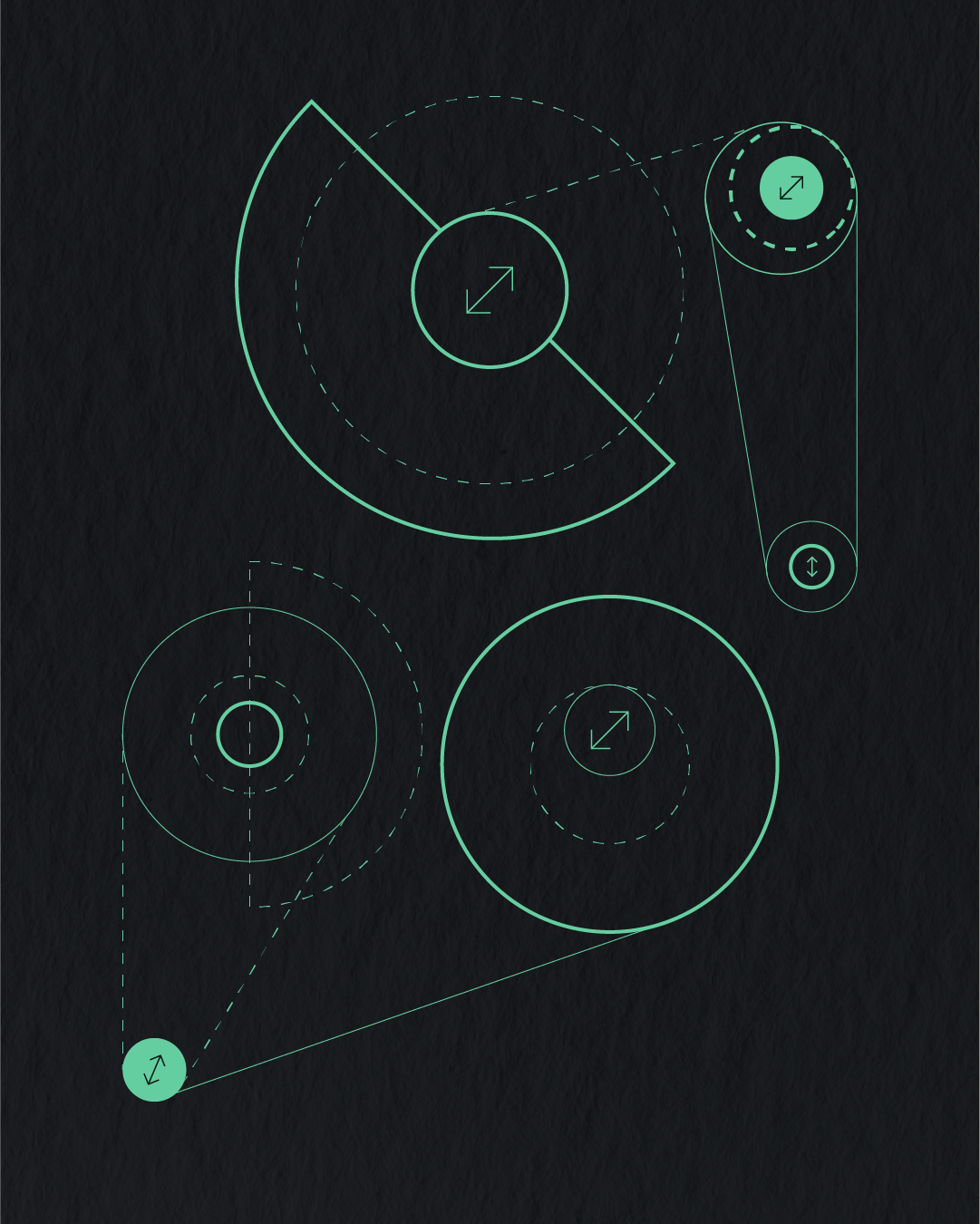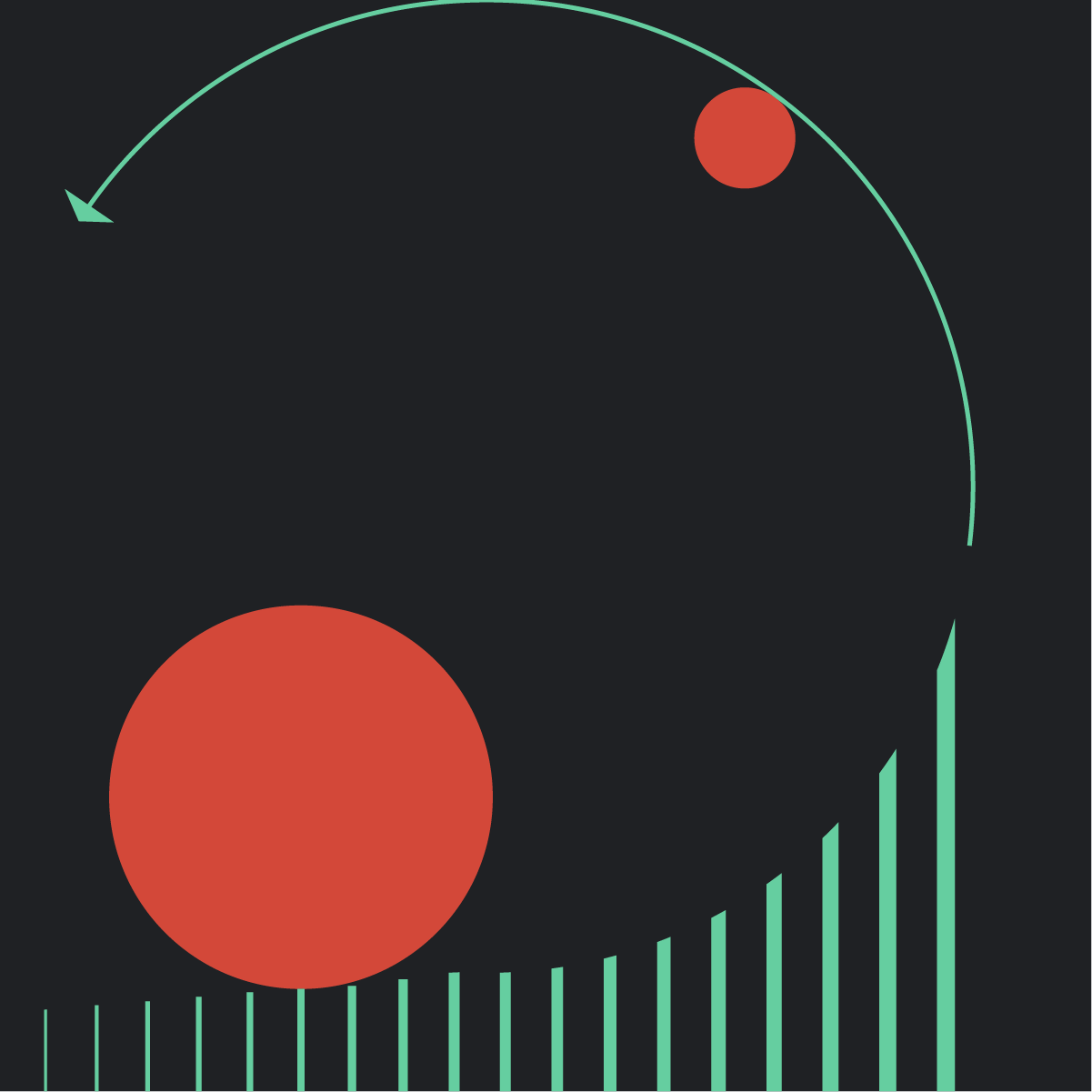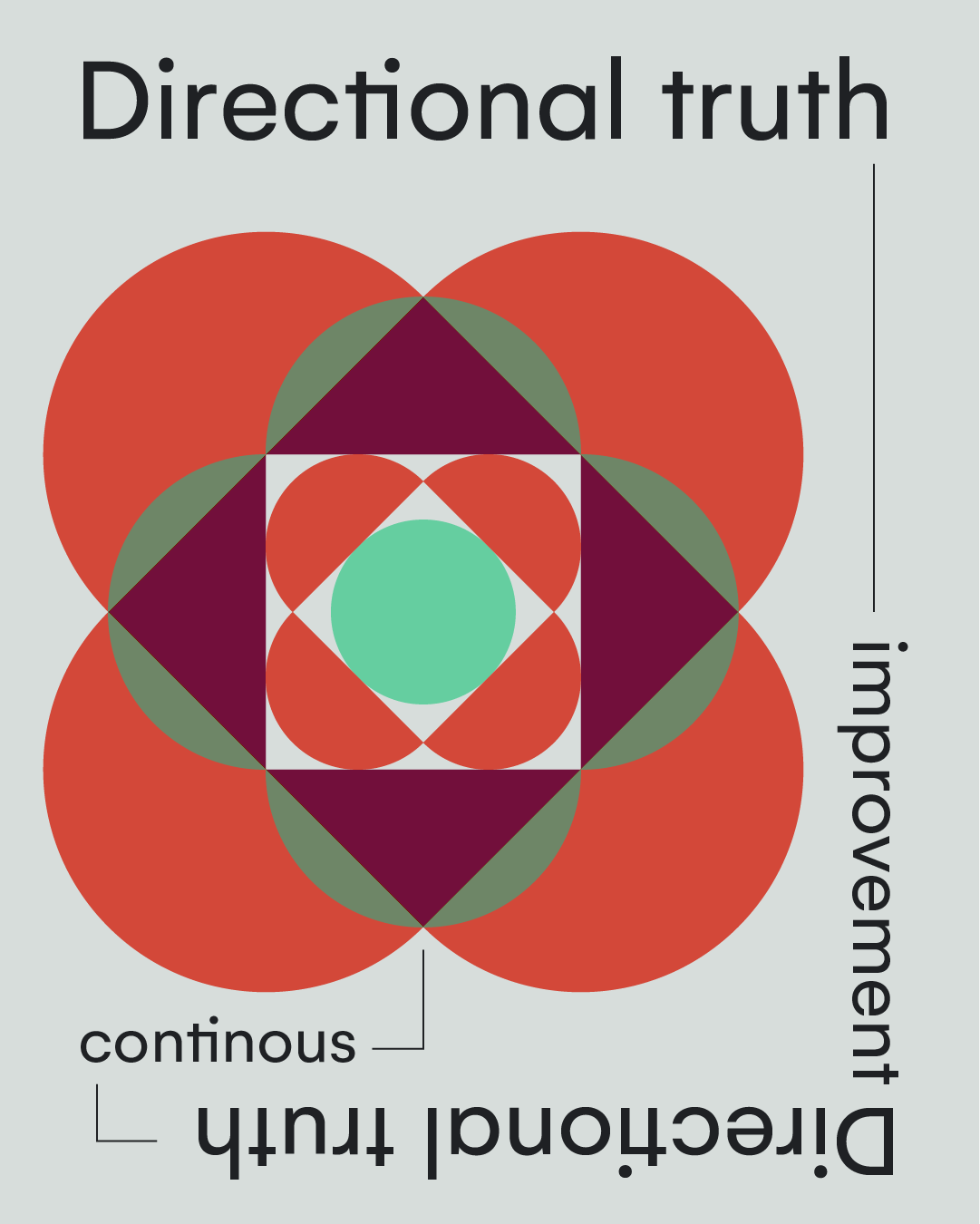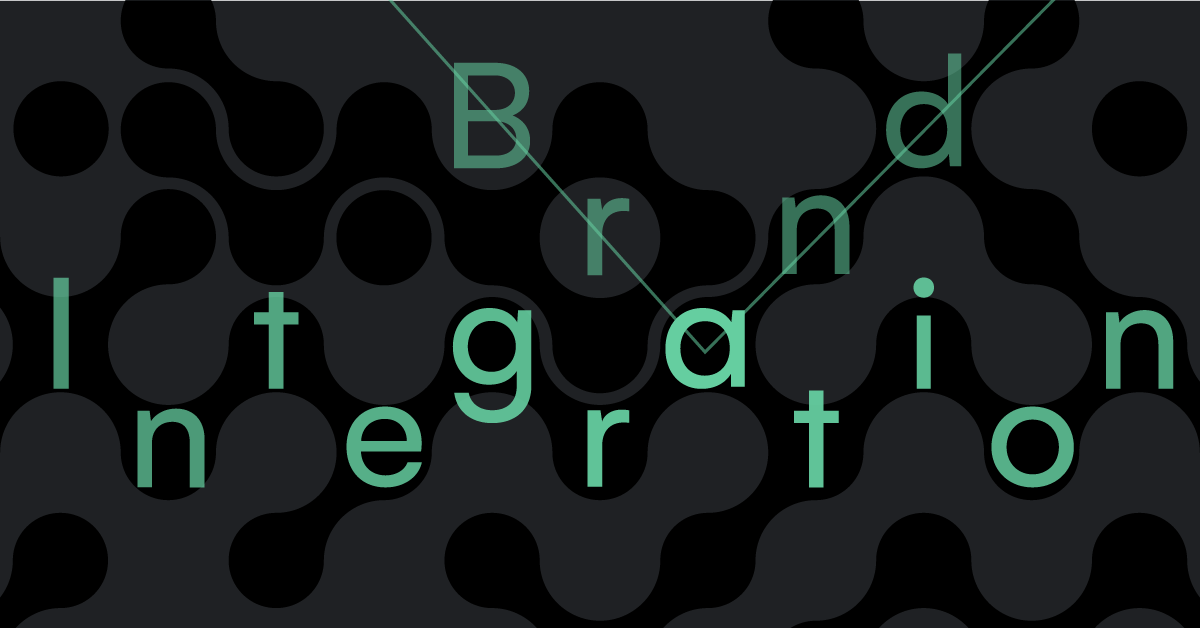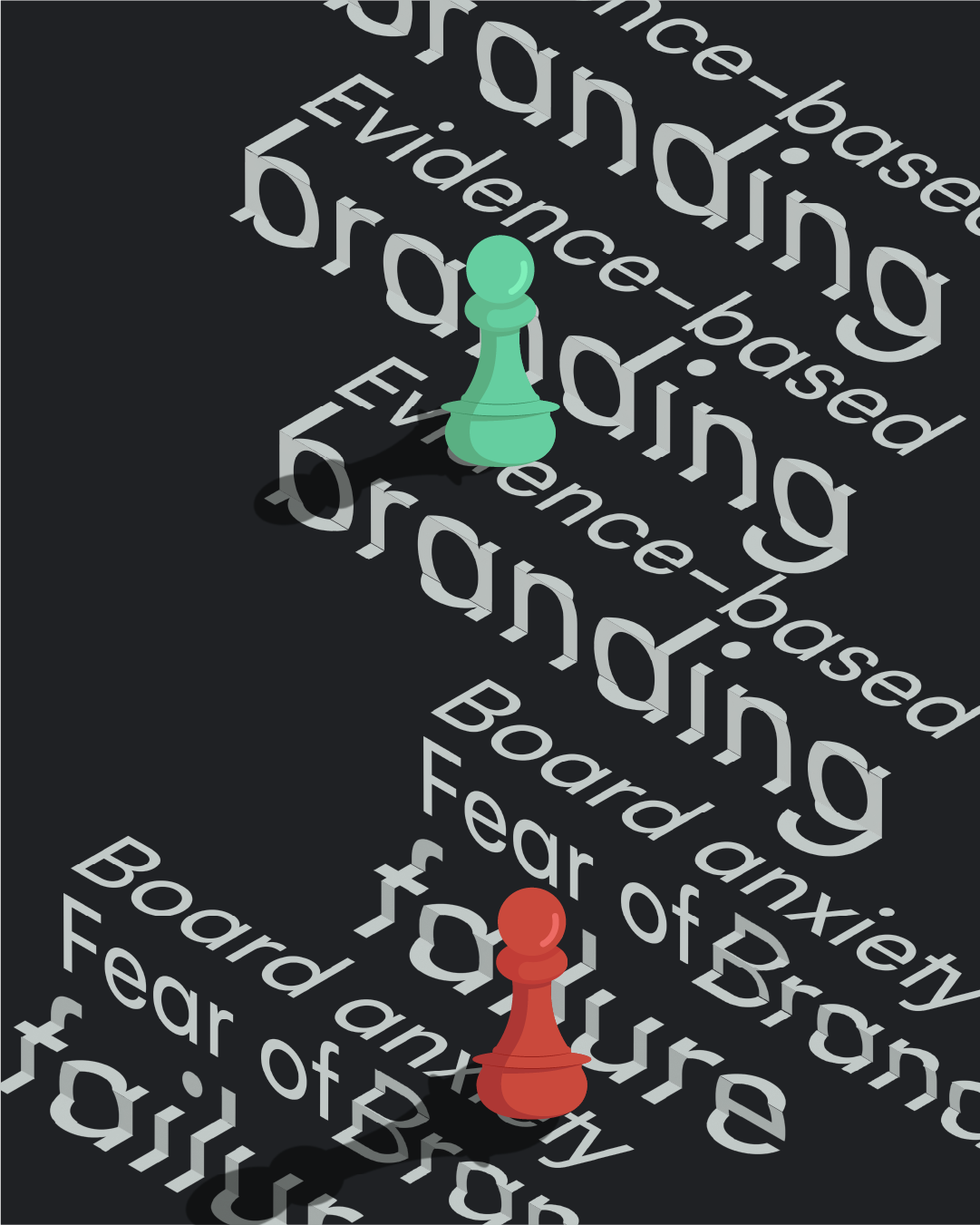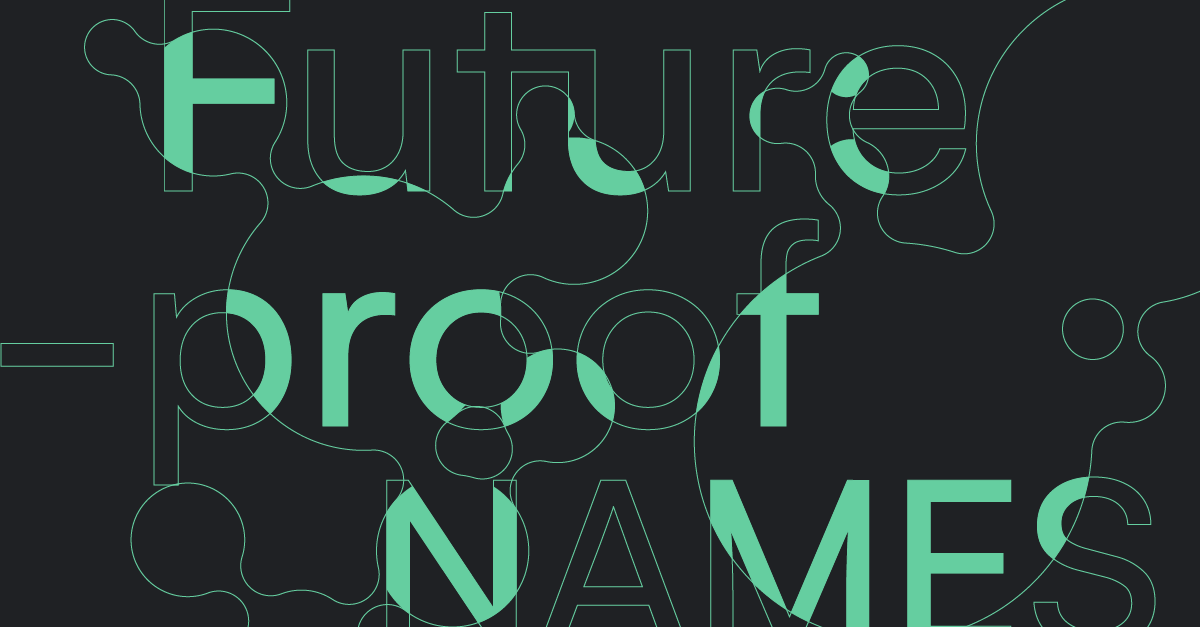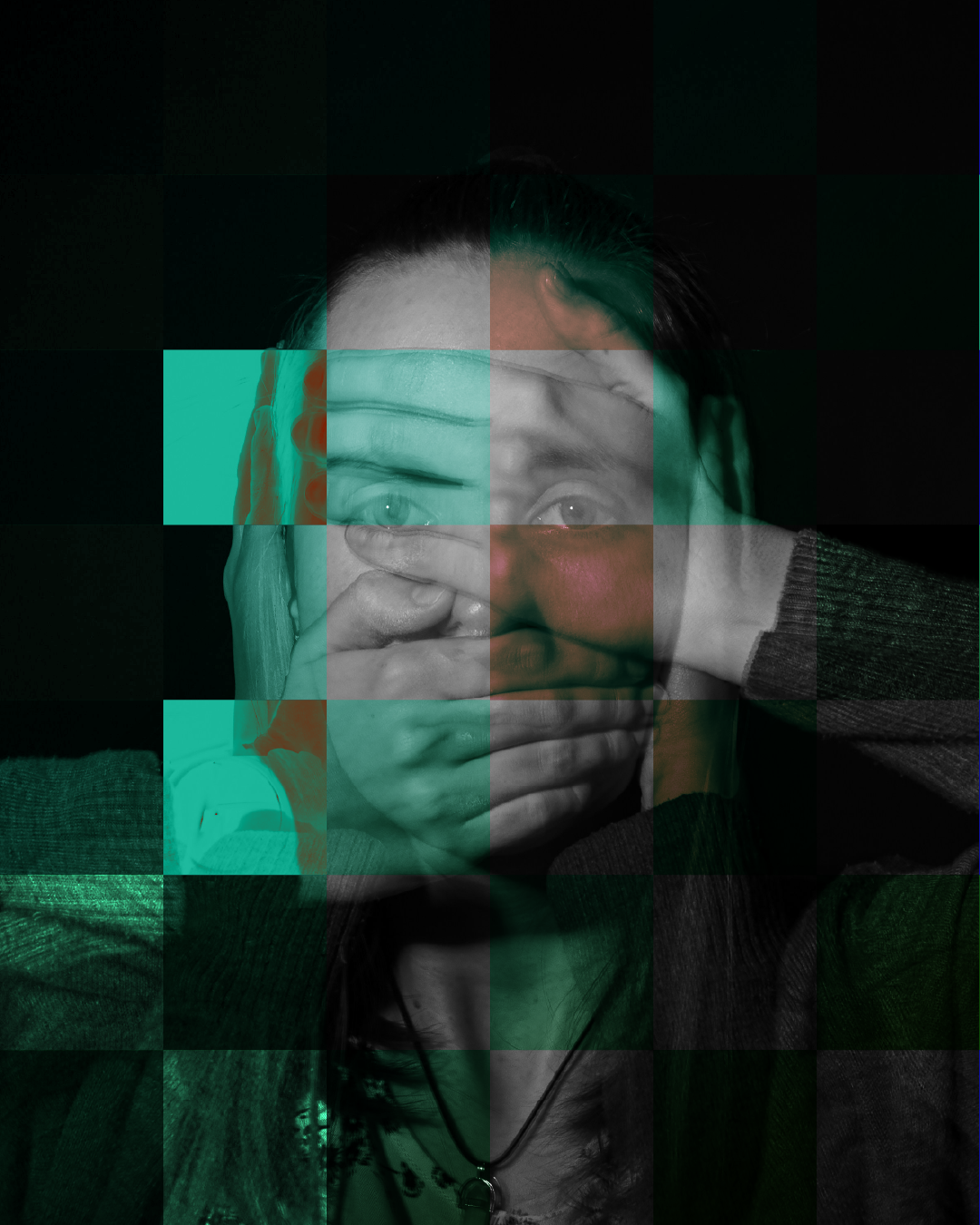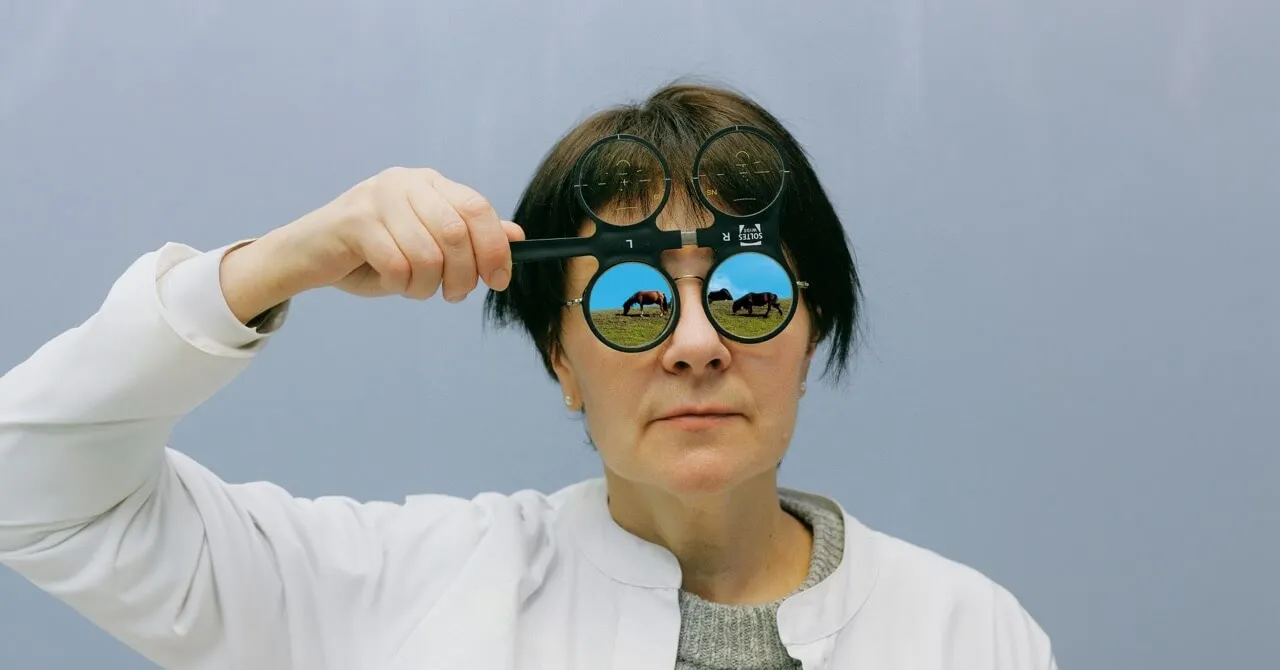Design by committee
Engagement with team v experienced agency
Design by committee is a term used to describe a decision-making process in which a group of people with different opinions and priorities collectively make design decisions. While collaboration and diverse perspectives can be valuable, there are many instances where design by committee can lead to inefficiencies, compromised quality, and missed opportunities. Here are some examples and evidence of why design by committee doesn't work.
Lack of Accountability: In a committee, it can be challenging to pinpoint responsibility for design decisions. When something goes wrong or a design doesn't meet expectations, it's often unclear who should be held accountable. This can lead to a lack of ownership and accountability for the final product. At the end of the day, who decides who’s opinion is better, and what weighting do you apply to the decisions that are provided. For example, 10 seating engineers may advice on a planes engine design and win over a single engine designer, do you go with the majority? or the expert? I know what I would go with, I’m sure you do too, but when it comes down to branding, naming or design, because it feels so accessible and easy to do, everyone feels their idea is right, that is rarely the case. 12345
Dilution of Vision: Design by committee can result in a diluted and compromised design. Each member may have their own ideas and preferences, leading to a design that tries to please everyone but lacks a cohesive and well-defined vision. This can result in a bland and uninspiring final product, or an example I often give, is a two headed camel climbing tress in the jungle.
Slow Decision-Making: Committees tend to be slow in making decisions because they involve discussions, debates, and consensus-building. In fast-paced industries or projects, such delays can be detrimental, causing missed opportunities and market changes.
Design by Consensus: Sometimes, committees tend to make design decisions based on consensus rather than the best design solution. This can lead to suboptimal designs because the final decision may not be the most innovative or effective one but rather the one that everyone can agree on.
Creativity Suppression: Committee dynamics can stifle the creativity of individual team members. People may be hesitant to share innovative ideas for fear of rejection or criticism from the group. This can limit the potential for ground-breaking designs, and to be honest, I hear things like this a lot, and in fact you test this; have an idea of what you want a result to be, ask the first person that comes a long, and try asking the question in a leading way, i.e. “we have just discussed this and Karen agrees with me, but…” straight away you have loaded the bases of the decision, we feel that….. do you agree or disagree” – you know what will happen 9 times out of 10, and although this is exaggerated, even if subtle, it can heavily effect the outcome, suppressing better ideas based on ego.
Compromised User Experience: In cases where a committee doesn't have a deep understanding of the end-users or customers, design decisions may not align with user needs and preferences. This can result in a subpar user experience and decreased product satisfaction, and this goes for many areas, context is essential, you can’t ask people to decide on a brand name if they have no idea if the domain name is registerable, if it can’t be trademarked, or if it will effect SEO etc.
Inefficiencies and Bureaucracy: Design by committee often involves lengthy meetings, extensive documentation, and bureaucratic processes. This consumes valuable time and resources, which could be better spent on actual design work, with people who are trained or have vast experience.
Misalignment of Goals: Different committee members may have conflicting objectives, such as cost savings, brand representation, or personal preferences. This can lead to designs that don't align with the overall goals and strategy of the project, or the actual demographic or cause or responsibility of the project.
Lack of Expertise: Committee members may not possess the necessary expertise in design principles, user experience, or industry-specific knowledge. Their lack of expertise can result in design decisions that are based on personal opinions rather than informed design principles.
Overly Complex Designs: Committee decisions may lead to designs that try to incorporate too many ideas or features, resulting in overly complex and confusing products or interfaces, take the point I mentioned in point 1, camels are great for the desert, not so good on a mountain, and a fish is good in the sea, not so good on a mountain, when you ask a team of people who don’t think about animal design n a daily basis, the decisions they make can often seem extremely naïve, ending up with fish fins, camels hums, tigers teeth, leopards legs and a monkey’s tail, and it dies in an instant.

While collaboration and input from various stakeholders can be very valuable, it's essential to strike a balance and ensure that the design process is guided by clear leadership, a well-defined vision, and informed decision-making. Design by committee can work in some cases, but it often requires careful management to mitigate its potential wring influences and harmful downsides.





.jpg)














.jpg)






